Examples of animals that migrate include the gray whale, caribou, monarch butterfly, Arctic tern, bar-tailed godwit, Canada goose, Chinook salmon, leatherback sea turtle and blue wildebeest. The best-known and most visible migratory animals are birds, but mammals, reptiles and even insects and amphibians all have migratory species.
On this page is a list of some of the best-known animals that migrate, together with facts about animal migration…
Page Index
Other Pages on Active Wild
- Rainforest Animals List With Pictures, Facts & Links To Further Information, Plus FREE Printable Question Sheets
- Arctic Animals List with Pictures & Facts: Discover Amazing Animals that Live in the Arctic & Sub-Arctic
- Antarctic Animals List with Pictures & Facts
- North American Animals List. Pictures & Facts On The Iconic Animals Of North America, With FREE Printable Worksheet
- Australian Animals List With Pictures & Facts: Discover The Amazing Animals That Live In Australia
- ... See more amazing animal lists: Animal Lists
Animal Migration
What Is Migration?
Many animals move around from place to place, following their food or seeking better weather as the seasons change. In some cases, these movements are cyclical: the animal leaves one habitat, moves to another, and then returns, often on an annual cycle. Such rhythmic movements are called migrations.
Why Do Animals Migrate?
For some migratory animals, the urge to move is deeply ingrained in their psychology. Migratory birds, for example, show increased restlessness when the migration season comes along – even captive birds, which don’t need to migrate, become restless and hyperactive when they sense a change in the seasons.
Today, migration is one of the most active fields of research in animal behavior. Thanks to online citizen science projects (where ordinary people can log what animals they see in their area) and increasingly sophisticated GPS technology, scientists have huge new sources of data to work with. For example, ebird.org has published migration animations for hundreds of bird species. The Census of Marine Life has a similar project that tracks massive seasonal migrations across the Pacific Ocean.
One of the great mysteries in migration science is: how do these animals know where they’re going? Do they navigate by the stars? Do they use landmarks?
Recently scientists have discovered that some migratory birds have a magnetically sensitive protein in their eyes. The protein works just like a light receptor, but instead of light waves it picks up on magnetic fields. So these birds have a kind of compass built right into their visual system – they can literally see which way is north.
List Of Animals That Migrate
Bar-Tailed Godwit
Migrates between Alaska and New Zealand
- Scientific name: Limosa lapponica
- Conservation status: Near Threatened
The bar-tailed godwit is a long-legged wading bird that at first glance seems unremarkable (apart, perhaps, from the long length of its bill).
Appearances can be deceptive; the bar-tailed godwit’s migration is one of the most amazing of all animals.
The bird spends summer in its Arctic breeding grounds. With the approach of winter, the bird migrates south, with some individuals only stopping upon their arrival in New Zealand or Australia!
The total distance covered by a bar-tailed godwit migrating from its breeding grounds to its feeding grounds can exceed 7,500 miles / 12,070 km.
Even more impressive is the time the bird takes to travel this vast distance; one individual made the trip from Alaska to New Zealand in just 11 days!
The bar-tailed godwit holds the record not only for the longest-known non-stop flight by a bird, but also for the longest journey without stopping to feed for any animal.
Canada Goose
- Scientific name: Branta canadensis
- Conservation status: Least Concern
When we think of migration, geese often spring to mind – in particular those big V-shaped formations honking their way south for the winter.
The Canada goose is one of the most familiar geese in North America, where it is often seen in parks and other public areas. It can be recognised by its black neck and head, contrasting white cheeks, gray wings and white rump.
In the classic migratory pattern, the geese fly south to Mexico and the southern U.S. for the winter, then fly north to Canada for the summer. Although there have always been non-migratory populations in temperate areas, most birds took part in the migration.
In recent decades, though, more and more geese have become non-migratory. These days, more than half of the Canada geese on the East Coast are year-round residents who never go to Canada or Mexico.
Scientists think the decline in migratory behavior might be due to urbanization: Canada geese are very fond of city parks and suburban lawns, and they’re relatively safe from predators in human cities. So some geese may have given up migration to live year-round in the city.
Canada geese are also a common sight in the UK and northern continental Europe after having been introduced from North America. Many stay put the year round, but birds in the north are migratory.
Snow Goose
Arctic explorer
- Scientific name: Anser caerulescens
- Conservation status: Least Concern
Another well-known migratory goose species is the snow goose. The species has two different color variations, or “morphs”. In its familiar form the snow goose is all-white with black wing tips. The “blue goose” morph has a brown back and chest. All adult snow geese have white heads and large, pinkish bills
The snow goose breeds in the Arctic tundra in the summer and migrates south to the United states and Central America in the winter.
Arctic Tern
Longest migration of any animal
- Scientific name: Sterna paradisaea
- Conservation status: Least Concern
Even relatively small animals can cover huge distances during migration, especially if they have the advantage of flight. The Arctic tern covers the entire circumference of the Earth each year, flying from Antarctica to the Arctic Circle and back again. In extreme cases, the birds may fly as much as 60,000 miles in a year – one quarter of the distance to the moon.
Part of the reason for the extreme length of the Arctic tern’s migration is that the birds don’t follow a straight north/south line. To save energy, they glide with the wind, which takes them in meandering loops as they wind their way from one end of the planet to the other.
Caribou
Longest land migration
- Scientific name: Rangifer tarandus
- Conservation status: Vulnerable
No one is exactly sure which land animal makes the longest migration. A recent paper suggests that grey wolves are some of the most mobile of all animals, but since their migrations aren’t cyclical they shouldn’t be called “migrations.”
The leading candidate for longest land migration is the caribou. This large deer, which is also known as a reindeer, lives in the Arctic.
Caribou can travel over 3,000 miles a year between their winter ranges and their calving grounds. When it’s time to give birth, they prefer to be in the relatively predator-free reaches of the extreme north, but those areas become completely inhospitable during the winter. So as the weather gets bad, the caribou and their young begin a long migration south.
- You can find out more about caribou on this page: Caribou Facts
Gray Whale
Longest Water Migration
- Scientific name: Eschrichtius robostus
- Conservation status: Least Concern
Many whales travel immense distances in search of food. Scientists barely understand these migrations – they take place so far from land that it’s extremely difficult to study them. Unless the whales come near shore where they can be observed, the migration might be completely invisible to science.
So far, the longest known aquatic migration belongs to the gray whale. In 2015 one individual swam from the coast of Siberia along the Bering Strait and down the Pacific coast of North America to Mexico, then turned around and went back: a distance of more than 13,000 miles.
- You can find out more about the gray whale on this page: Gray Whale Facts
Humpback Whale
- Scientific name: Megaptera novaeangliae
- Conservation status: Least Concern
Another whale known for its migration is the humpback whale. Like the gray whale it is a baleen whale. These toothless giants feed by filtering food such as krill and small fish from seawater.
the humpback whale can be identified by its long pectoral fins and the bumps – known as “tubercles” on its head and jaw. This 20,000 to 30,000 kg marine mammal is found in all of the world’s oceans, and is one of many cetaceans (marine mammals such as whales, dolphins and porpoises) that migrate.
There are separate populations of humpback whales in the North Pacific, Atlantic, Southern Ocean and Indian Oceans. Each population has a different migration pattern, the whales typically spending summer in their feeding grounds close to the poles, before migrating to their breeding grounds closer to the Equator in the winter.
One small group of humpback whales is known to have migrated from Antarctica to the Pacific coast of Central America, a journey of around 5,200 mi (8,300 km), one of the longest-known mammal migrations.
- You can find out more about humpback whales on this page: Humpback Whale Facts
Blue Wildebeest
Largest Migration by Biomass
- Scientific name: Connochaetes taurinus
- Conservation status: Least Concern
The caribou may travel further, but the wildebeest, or gnu, has a truly “massive” migration. Blue wildebeest live in the grassy plains of southeast Africa, where seasonal changes in rainfall can make once-abundant pastures dry, dusty, inhospitable places for massive herds of grazers. The migration includes some 1.5 million wildebeest; at around 600lb each, that’s close to a billion pounds of moving biomass!
Most of the world’s blue wildebeest live in the Serengeti National Park. Here the animals’ migratory route is roughly circular. The migration is continuous; the herds don’t even stop during the calving season. Luckily, blue wilderbeest calves are able to stand in a matter of minutes after being born. The wildebeest cover around 800 miles (1,287 km) in a year
Great White Shark
- Scientific name: Carcharodon carcharias
- Conservation status: Vulnerable
Like so many other open-ocean species, the great white shark is something of a mystery. For decades, scientists assumed it lived mostly near shore.
We now know that’s not true: great whites all over the world migrate with the seasons from coastal waters to the open ocean. They’re often seen in the winter months off the coast of California, where they can prey on young seals and sea lions. During the summer months, though, they may travel thousands of miles out to sea.
Scientists aren’t sure why the sharks migrate, but suspect that the big fish are either searching for different prey or congregating to breed.
- You can find out more about the great white shark on this page: Great White Shark Facts
Galápagos Tortoise
- Scientific name: Chelonoidis donfaustoi
- Conservation status: Vulnerable
The giant, slow-footed Galápagos tortoise seems like the last animal you’d expect to see migrating. Aside from being slow and ungainly, it lives on small volcanic islands – how far can it really travel?
Recent evidence shows that Galápagos tortoises, especially full-grown males, actually have an annual migration. On the island of Santa Cruz, the tortoises spend the rainy season near the coast, where there is plenty of vegetation.
As the seasons change the plants dry up and the tortoises migrate uphill to the more humid highlands, where fog provides moisture for plants.
Once the rains return, the tortoises turn around and come back down. The whole trip is 10-20km – barely more than a day hike for a human. But for a tortoise it’s a long, difficult journey over rough terrain.
Not every individual migrates. Hatchlings and young tortoises stay at sea level year-round. They are probably small enough to survive on the meager vegetation they can find during the dry season; bigger individuals have to migrate to find enough food.
- You can find out more about the Galápagos tortoise on this page: Galápagos Tortoise Facts
Humboldt Squid
Vertical Migration
- Scientific name: Dosidicus gigas
- Conservation status: Data Deficient
The Humboldt squid is a large, curious, and clever pack hunter – the “wolf” of the mollusc world.
As far as we know, the squid doesn’t migrate in the usual sense, i.e. traveling from place to place with the seasons. It does, however, have a different kind of migration: a vertical migration in the water column.
The Humboldt squid usually lives around a half-mile below the surface in what’s known as the ocean twilight zone – a place with high pressure and very little light. But at night it swims up toward the surface, in pursuit of its prey.
The Humboldt squid is one participant in the “diel vertical migration”, a widespread phenomenon in deep oceans. The deep-water-to-surface migration is thought to be driven by plankton, which float to the surface at night for reasons scientists don’t yet understand. The plankton are chased by predators, which in turn are chased by other predators, including the Humboldt squid.
Monarch Butterfly
Life and Death on the Wing
- Scientific name: Danaus plexippus
- Conservation status: Least Concern
In North America, the seasonal movements of monarch butterflies bring colorful signs of summer to gardens from California to Maine.
After spending the winter in Mexico, the orange butterflies fly north in search of milkweed to feed their newborn caterpillars.
Milkweed provides monarch caterpillars with nutrients, energy, and the chemical compounds that make the caterpillar poisonous to predators – a critical part of their evolutionary success. Fattened up on milkweed, the caterpillars will pupate, emerge as a new generation of butterflies, and take off for Mexico again.
But unlike migratory birds or whales, no one individual monarch makes the entire trip. Instead, the trip up from Mexico is several generations long – monarchs only live a few weeks, so they must breed and lay eggs on the way up. Their young will continue the journey north.
Astonishingly, when a monarch is born late in the year, with winter on the way, its genetic regulation system is completely transformed: these late-season butterflies will live up to eight times longer than their warm-season relatives, long enough to complete the trip back to Mexico in a single generation.
- You can find out more about the monarch butterfly on this page: Monarch Butterfly Facts
Chinook Salmon
- Scientific name: Oncorhynchus tshawytscha
- Conservation status: Not Rated
Since they arrived in North America tens of thousands of years ago, Native Americans in the Pacific Northwest have made a living off the seasonal migrations of salmon. The chinook salmon (named for the Chinook people of Washington and Oregon) is a particularly large and nutritious fish, sometimes called the “king salmon.”
Chinook salmon have a long migration from the open waters of the Pacific to spawning grounds as far inland as Idaho.
During their saltwater phase, the salmon build up huge fat reserves to fuel them on their journey upstream (that’s why salmon are so rich in tasty oils). Once they return to their ancestral pools to spawn, the salmon will never leave – they die right where they lay their eggs. The decaying bodies of the adults will attract insects that become food for the offspring.
Discover More with Active Wild
- Rainforest Animals List With Pictures, Facts & Links To Further Information, Plus FREE Printable Question Sheets
- Arctic Animals List with Pictures & Facts: Discover Amazing Animals that Live in the Arctic & Sub-Arctic
- Antarctic Animals List with Pictures & Facts
- North American Animals List. Pictures & Facts On The Iconic Animals Of North America, With FREE Printable Worksheet
- Australian Animals List With Pictures & Facts: Discover The Amazing Animals That Live In Australia
References
Do Canada geese still fly south for winter? Yes, but it's complicated (nationalgeographic.com)
Barrie, D. (2019). Incredible Journeys: Exploring the Wonders of Animal Navigation. Hodder & Stoughton.
Blake, S., Yackulic, C. B., Cabrera, F., Tapia, W., Gibbs, J. P., Kümmeth, F., & Wikelski, M. (2013). Vegetation dynamics drive segregation by body size in Galapagos tortoises migrating across altitudinal gradients. Journal of Animal Ecology, 82(2), 310-321.
Dingle, H. (2014). Migration: the Biology of Life on the Move. Oxford University Press, USA, 2014.
Joly, K., Gurarie, E., Sorum, M. S., Kaczensky, P., Cameron, M. D., Jakes, A. F., Borg, B. L., Nandintsetseg, D., Hopcraft, J. G. C., Buuveibaatar, B., Jones, P. F., Mueller, T., Walzer, C., Olson, K. A., Payne, J. C., Yadamsuren, A., & Hebblewhite, M. (2019). Longest terrestrial migrations and movements around the world. Scientific Reports, 9(1), 15333. https://doi.org/10.1038/s41598-019-51884-5
Jones, K. (2015). “Gray whale travels more than 22,000 kilometres, smashes world record” The Weather Network, 16 Apr. https://www.theweathernetwork.com/news/articles/gray-whale-travels-more-than-22000-kilometres-smashes-world-record/49481/
Starr, Michelle. (2018). “Birds Can See Earth’s Magnetic Fields” Nature, 1 Sep.
Fijn, R. C., Hiemstra, D., Phillips, R. A., & Winden, J. van der. (2013). Arctic Terns Sterna paradisaea from the Netherlands Migrate Record Distances Across Three Oceans to Wilkes Land, East Antarctica. Ardea, 101(1), 3–12. https://doi.org/10.5253/078.101.0102

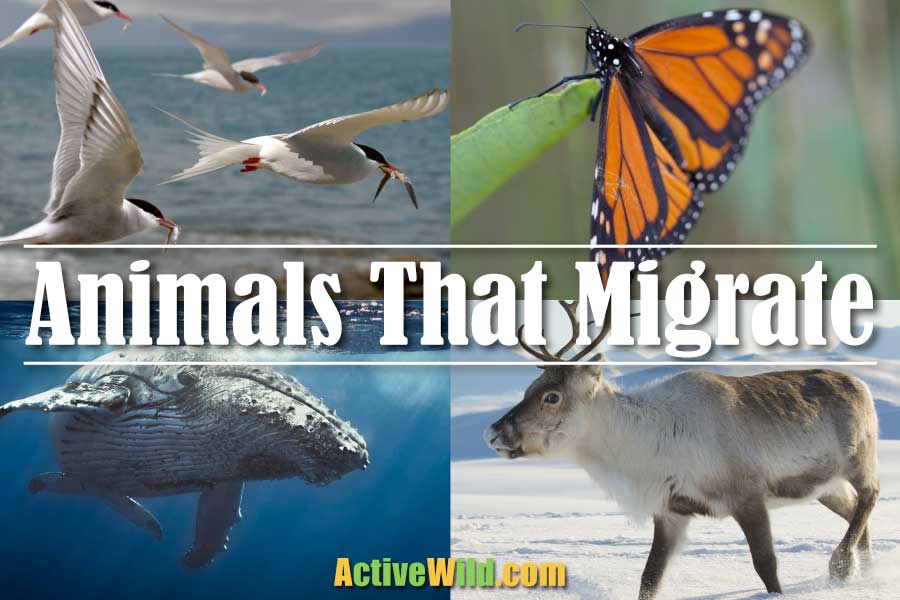
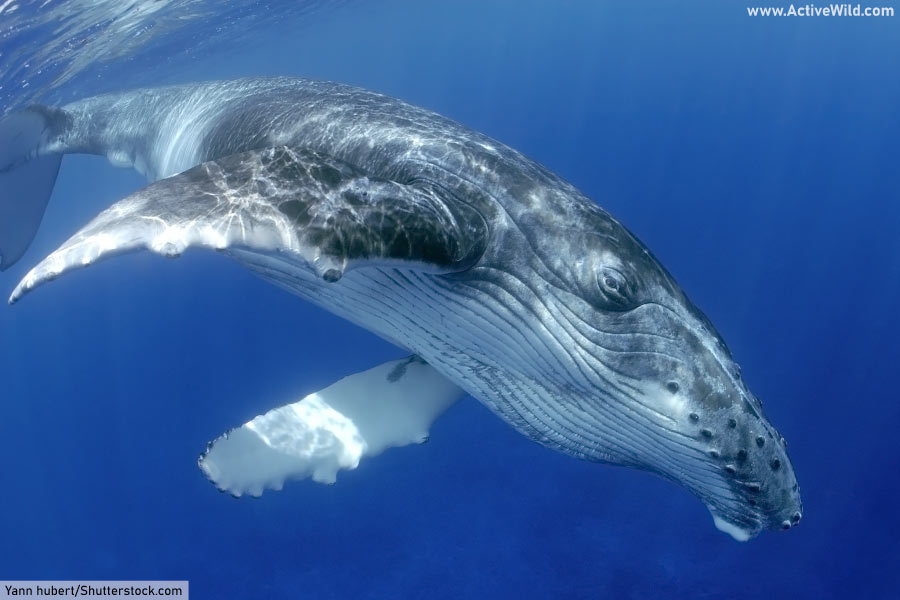


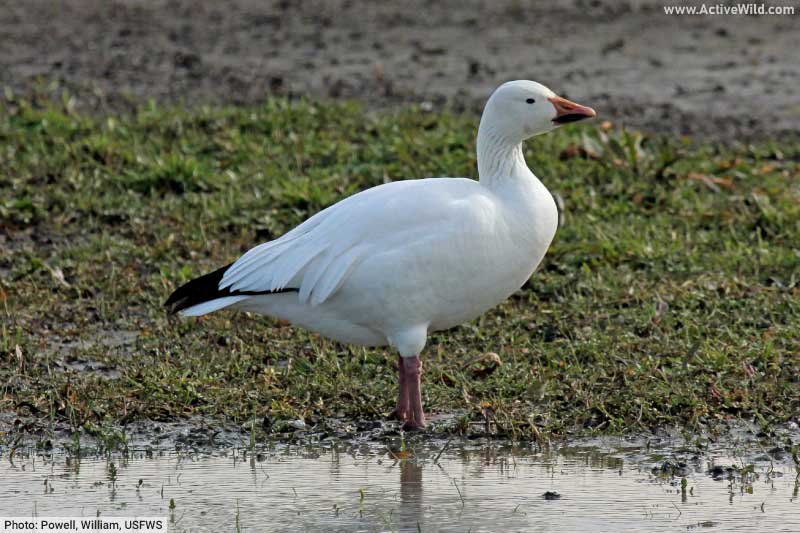
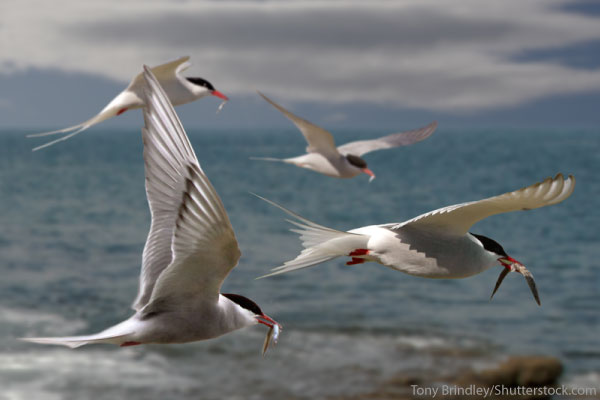

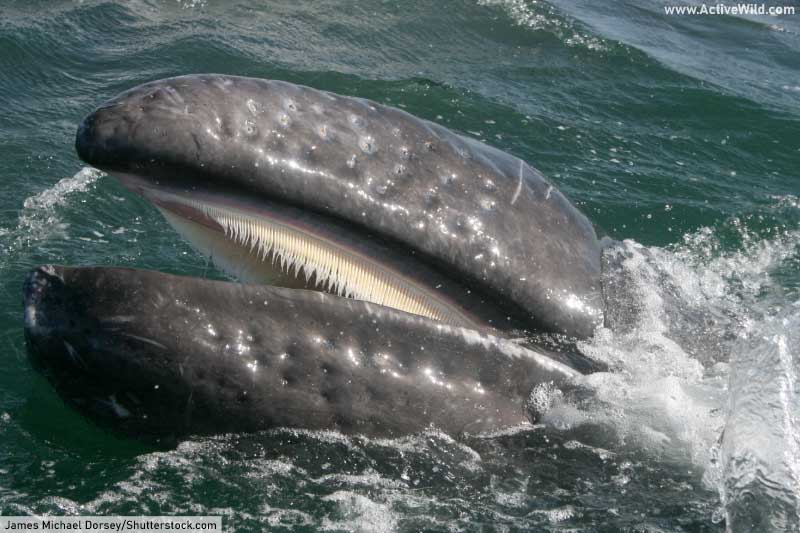
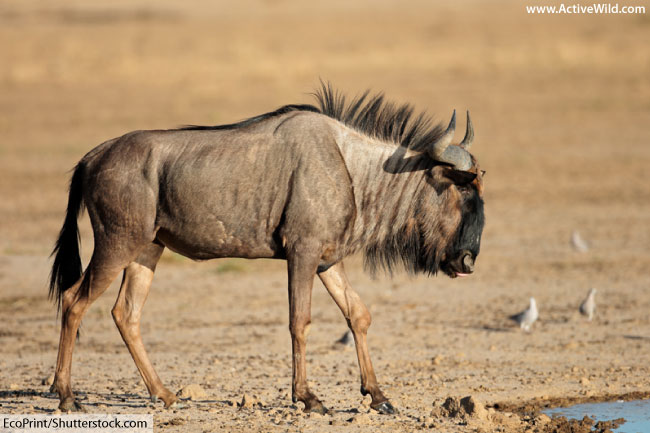

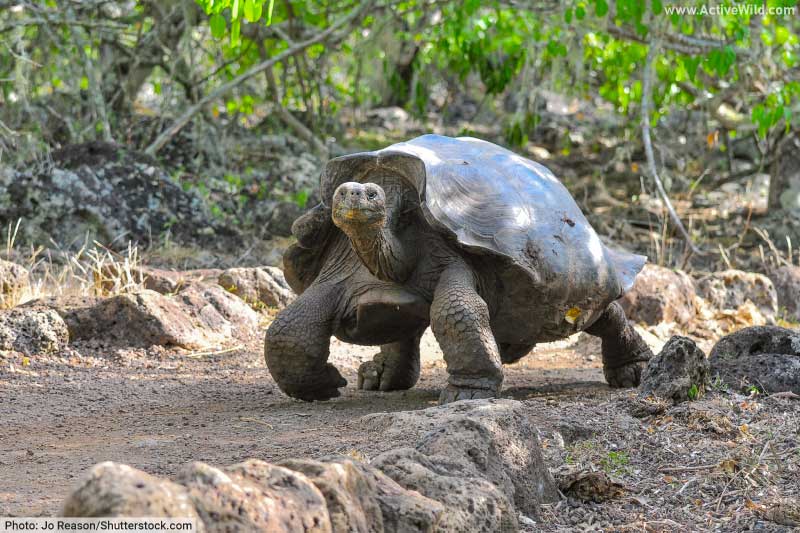
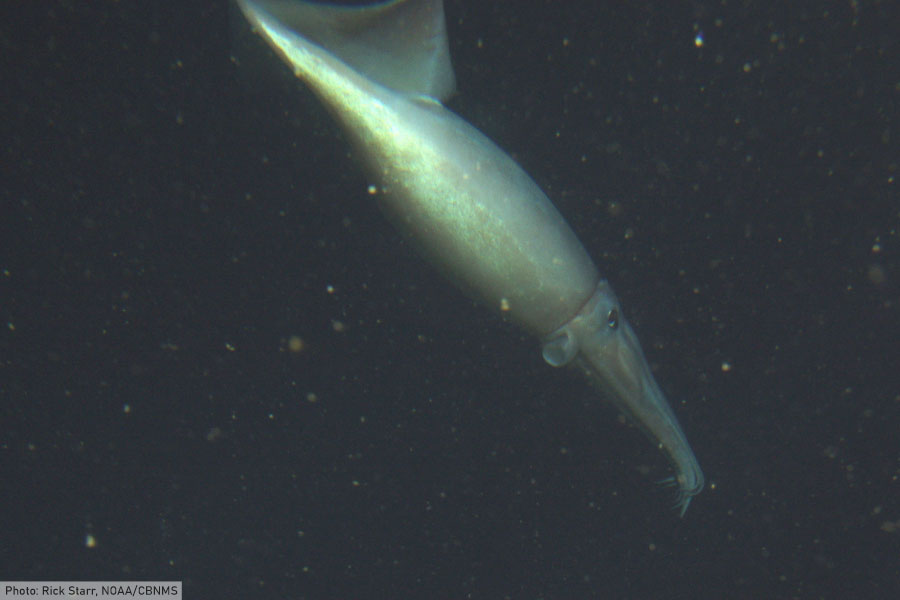



Thanks helped alot!
Thank You Sooo Much 😊
For the information
It helped me a lot in my school presentation 😊
You’re welcome! 😀
Thank you for the free information It makes teaching much easier. Very much appreciated
You’re welcome, glad you find the site useful!
Regards,
The Active Wild Team.